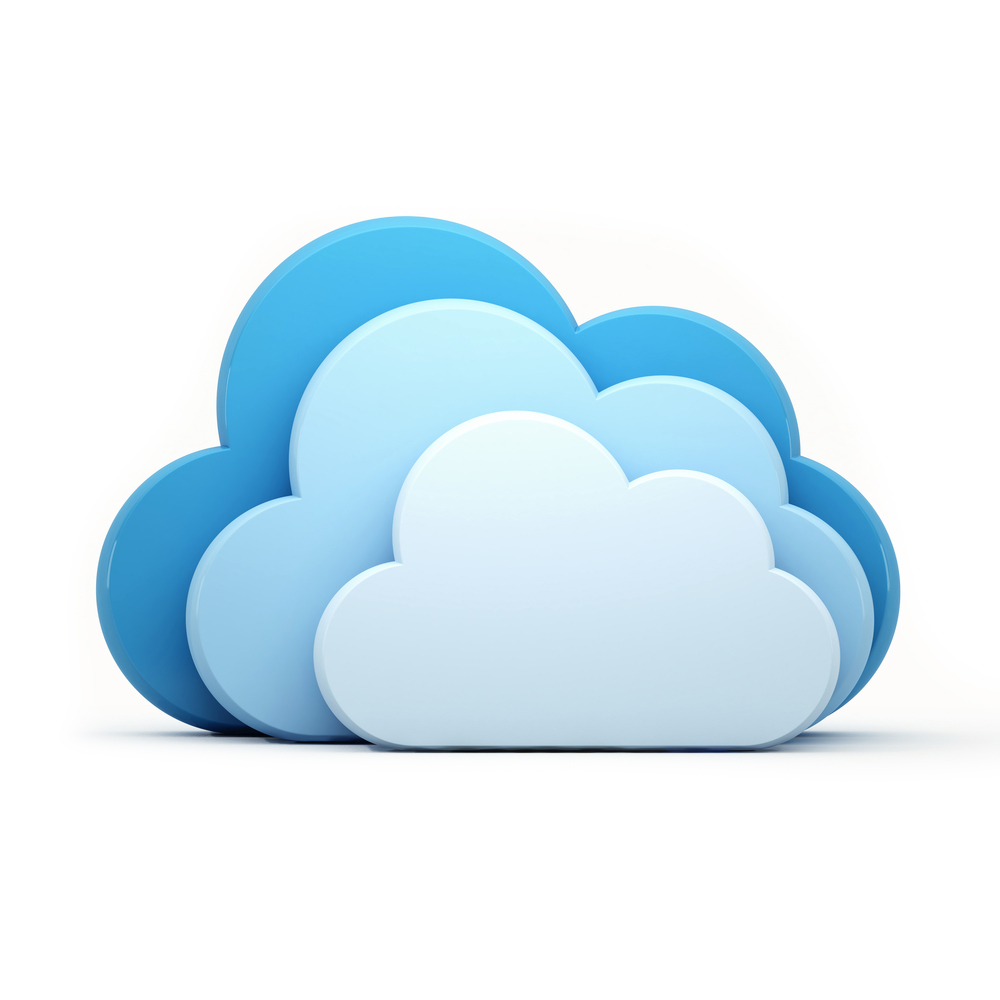
Not all cloud computing is the same. It depends on the right operating model.
Not every suit fits



A feast for the eyes – Information, interaction, intuition: With cloud technology to modern user interfaces.
MoreKept under lock and key – Available everywhere, but not for everyone: Security aspects of cloud computing.
MoreThe A to Z of cloud computing – A concept in 20 terms. For anyone wanting to have a say on the trendy topic.
MoreQuick results with the Fin RP Best Practice Toolkit – Why start from scratch? Better: a quick implementation with the Best Practice Toolkit
MoreWhen apps learned to walk – A brilliant idea and its implementation: The building blocks of cloud computing.
MoreChallenges for asset management – “The only constant in life is change”, they say.
More